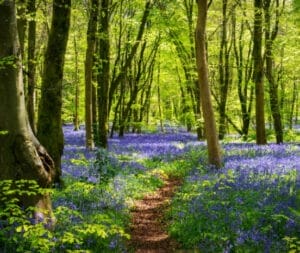Support & Resources
Our Support & Resources include, our blogs, step-by-step guides and news. For our Bereavement Cafés and Events please click the relevant page under our Support & Resources tab in the main menu.

Our Support & Resources include, our blogs, step-by-step guides and news. For our Bereavement Cafés and Events please click the relevant page under our Support & Resources tab in the main menu.







